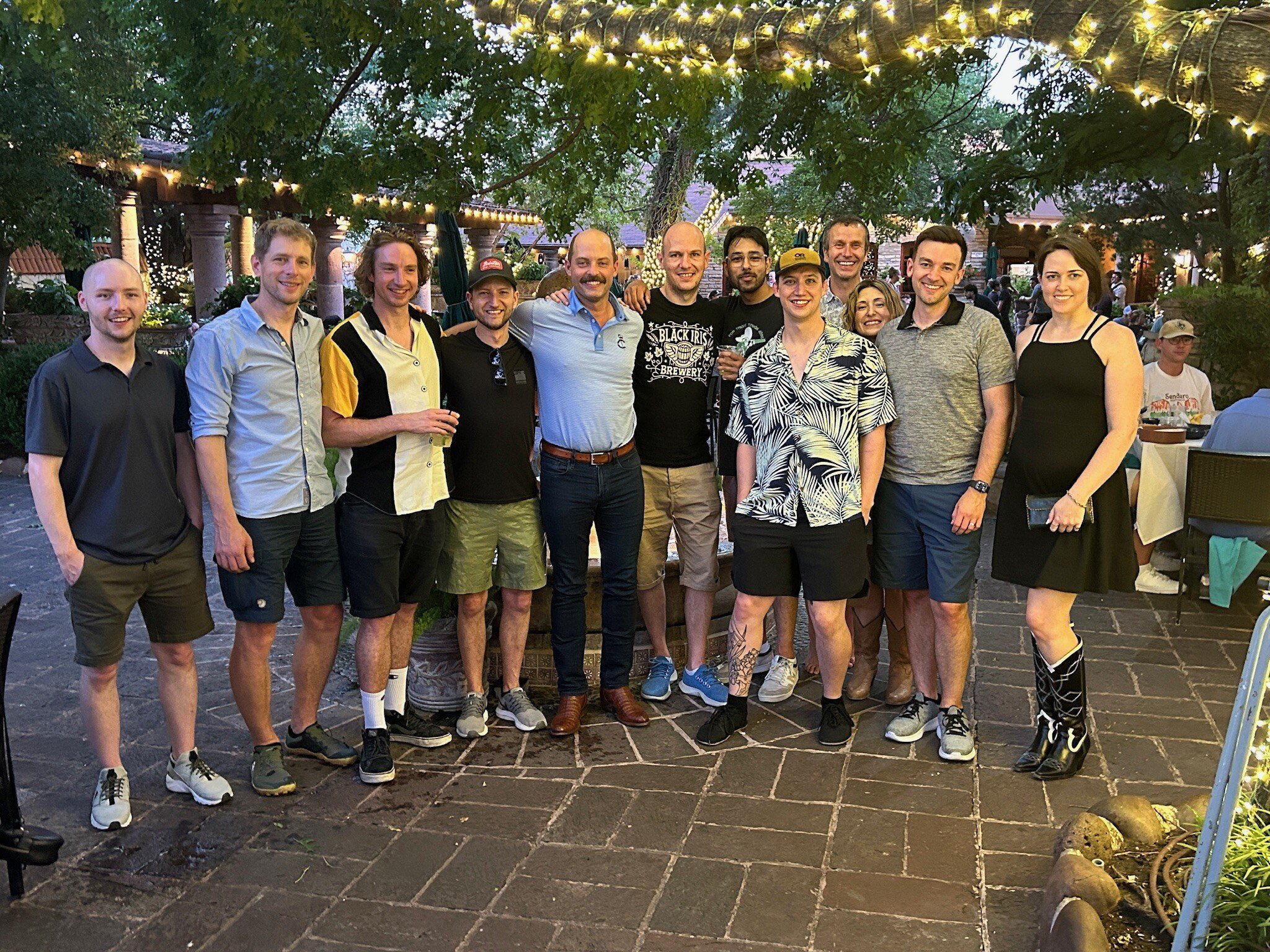Aligning projects across timezones
Good Work uses Forecast to ensure efficiency and profitability.
Industry
Web Development
Team size
10+ people
Location
Worldwide

The challenge
Good Work is a web development agency devoted to delivering “straightforward services that streamline projects” for their clients. Founded 10 years ago, the agency has a consistently growing team that spans three countries. Good Work offers everything from web development and maintenance, to more bespoke services like user experience design, content creation, and more — making it a truly full-service firm.
With a fully remote team in multiple locations, Ariel Kidwell, Director of Strategy, says it’s critical to have a way to keep the team working together seamlessly. “Being a fully remote team and having people all over the world, having tools that can help people collaborate while being on very different time zones is huge,” she says.
And in an industry where “efficiency equals profitability,” it’s also important to have the right insights that allow Good Work to remain nimble, aware, and adaptable — which is often difficult to do without the right tools in place.
Enter Forecast.
The solution
Maintaining Team Alignment
With a current team of nine developers in different time zones, Ariel relies on Forecast and Harvest to ensure everyone on the team is aware of current project status and upcoming assignments.
“Not only is [Forecast] a scheduling tool, but you also have that ability to add links and notes into each item that you schedule,” she says. “That's incredibly helpful for us. So the developers on our team can use Forecast as their one-stop shop. When they wake up in the morning, they refresh Forecast and know exactly what's expected of them that day.”
The team even has a weekly meeting centered on data in Forecast, according to Senior Project Manager Shannon Maylath.
“We have a weekly meeting called Forecast Huddle,” she says. “We get together and review what each project manager has coming up on Forecast to make sure that we are making good use of our time and availability and different developer skills on different projects that we have coming up.”
Cross-Project Visibility
Beyond ensuring that current projects are running smoothly, Ariel uses Forecast to ‘zoom out’ across all the company’s projects. By switching between project-centric and team-centric views, she has clarity on what individuals are working on and how each project is progressing.
“[Forecast is] our source of truth for where we are at the moment,” she says. “We're a small team juggling lots of things. I spend my day flipping between the Team view and the Projects view, it's very useful for me to see at a glance what everybody's up to…[and] to track a particular project and see how it's playing out.”
Ease of Use = Efficiency
Good Work leverages Forecast for a variety of use cases and Ariel says that Forecast’s ease of use makes a huge impact on her own efficiency as she plans future work, keeps tabs on active projects, and adjusts plans based on evolving needs.
“There are so many aspects around Forecast’s UI that allow us to be really nimble. We're able to move things around easily and efficiently, keeping things accurate. We've stayed with Forecast because it's just been such an efficient tool and it's worked really well for us.”
Conclusion
Good Work relies on Forecast on a day-to-day business to stay aligned as a remote team, preventing any confusion on current and upcoming goals. They’re also able to remain nimble and adaptive while juggling multiple projects, making it a business-critical tool for optimizing their time so they can focus on delivering their best work.
Start scheduling your team with Forecast today
Free 30-day trial. No credit card required.
